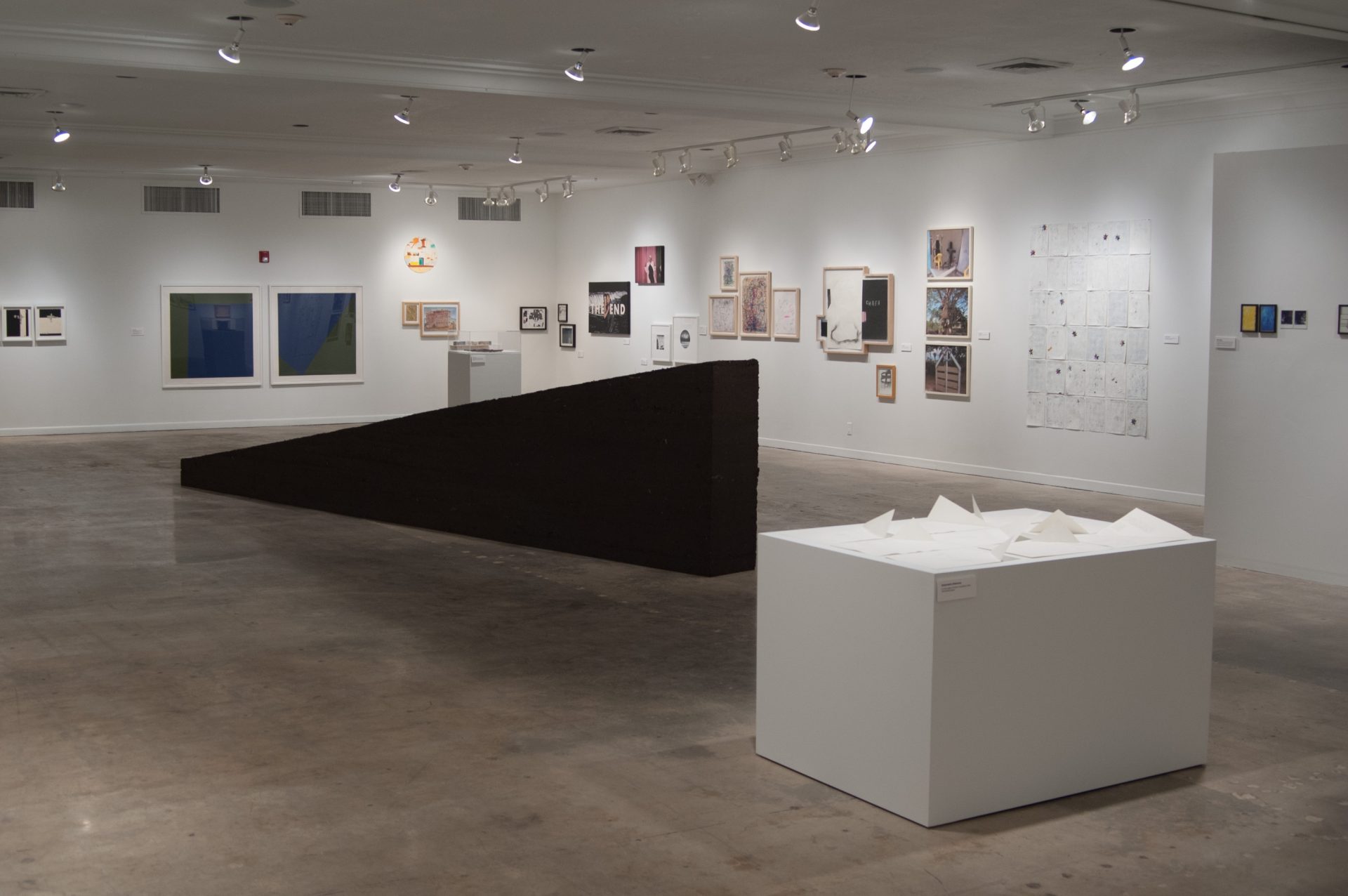Occasionally we publish summaries of various articles or videos, published around the web.
The Case for Naming a US Secretary of Culture
Along with adding the finishing touches to his inaugural address on Monday, President Barack Obama has plenty on his plate. He is consumed by the responsibilities of selecting new Cabinet members and preparing strategies to get them confirmed. He already had his fair share of critics, and the last thing he needs is a music critic telling him how to run the country. So I’m sorry to have to be the one to remind you, Mr. President, that you’ve left someone out: Secretary of Culture. (Read more in the Los Angeles Times.)
As Art Values Rise, So Do Concerns about Market’s Oversight
When some of the world’s richest people gather for the glittering New York auction season this spring, they will spend hundreds of millions of dollars in an art market that allows opaque transactions and has few outside monitors. At major auctions the first bids announced for a piece are typically fictional—numbers pulled from the air by the auctioneer to jump-start bidding. (Read more in the New York Times.)
Displaying Prices in Art Galleries
In the context of an article exploring the need for more regulation of the art market, with a list of examples of questionable practices in the current system, the New York Times reporters Robin Pogrebin and Kevin Flynn raise again the issue of galleries not posting prices of the work for sale in their spaces. I don’t see why this is really a newsworthy ‘problem.’ In the ten-plus years I’ve been in the art business, I have never once heard anyone complain unprompted about the lack of prices being posted other than journalists. (Read more at Edward Winkleman.)
Secret Painting in Rembrandt Masterpiece Coming into View
Scientists may be one step closer to revealing a hidden portrait behind a 380-year-old Rembrandt painting, Old Man in Military Costume, which resides at the J. Paul Getty Museum in Los Angeles. Scientists had noticed the painting bears faint traces of another portrait beneath its surface. Researchers had previously probed the painting with infrared, neutron, and conventional X-ray methods but could not see the behind the top coat, largely because Rembrandt used the same paint (with the same chemical composition) for the underpainting and the final version. (Read more in LiveScience.)
Thirty-Hour Work Week Is a Critical Threshold for More Than Just Health Care
The way colleges count adjuncts’ workloads is important not only for determining whether they are eligible for health insurance under the new health-care law, but also for their participation in some other federal programs. A federal student-loan-forgiveness program uses the same thirty-hour benchmark as the health-care law for determining full-time employment, a key requirement for eligibility. (Read more in the Chronicle of Higher Education.)
Report Finds Fundamental Flaws in Many Nonprofits’ Fundraising
A new national survey of nonprofit executives suggests it isn’t just the uncertain economy that’s making it hard for charities—including arts and culture groups—to meet their fundraising goals. The research says there’s something fundamentally amiss with the way many of them go about courting donors. ‘This study reveals that many nonprofit organizations are stuck in a vicious cycle that threatens their ability to raise the resources they need to succeed,’ begins the thirty-six-page report. (Read more in the Los Angeles Times.)
(Via CAA News.)
